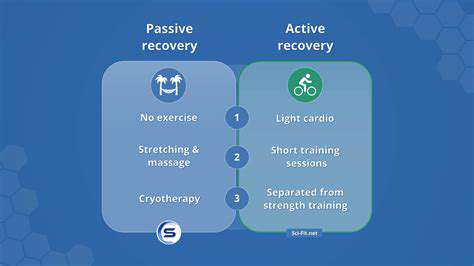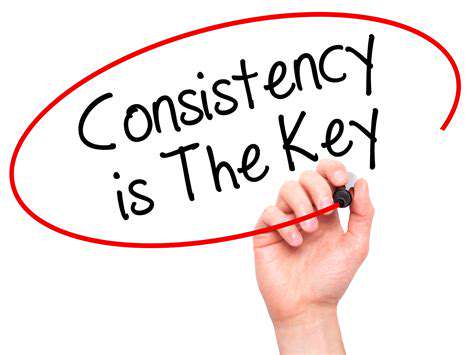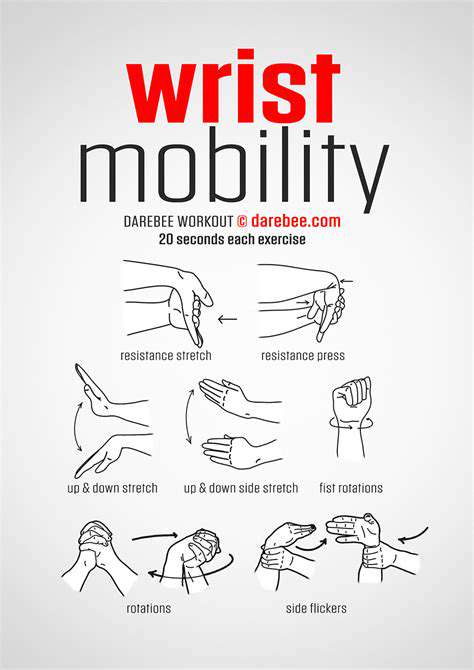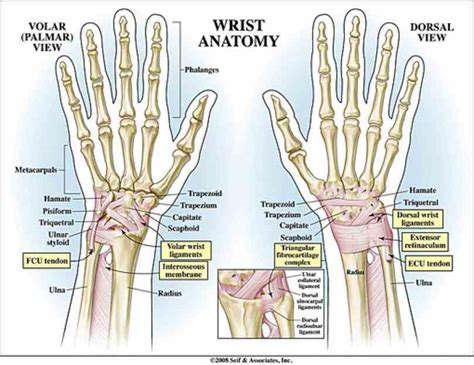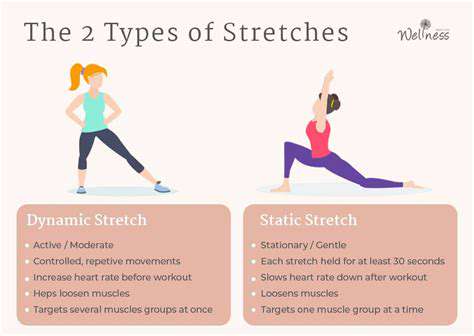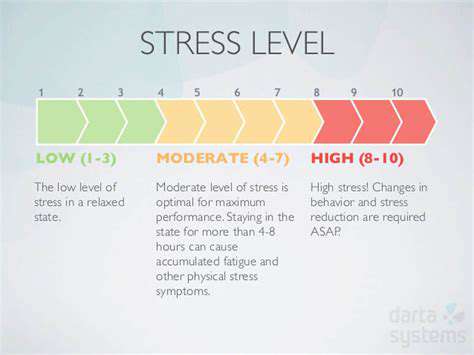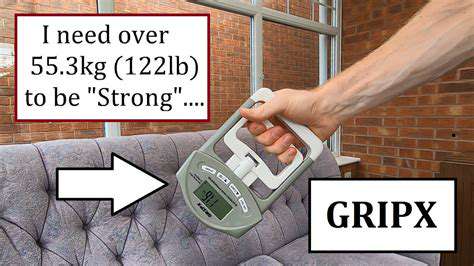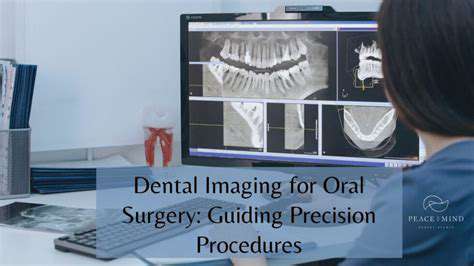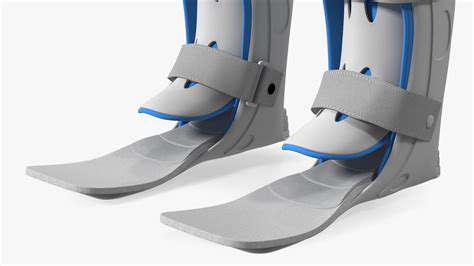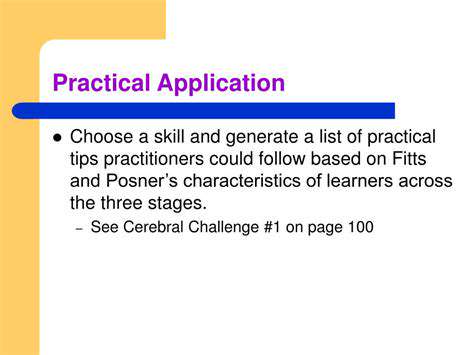Approaches to Enhance Arm Muscle Performance
Targeted Exercises for Arm Development
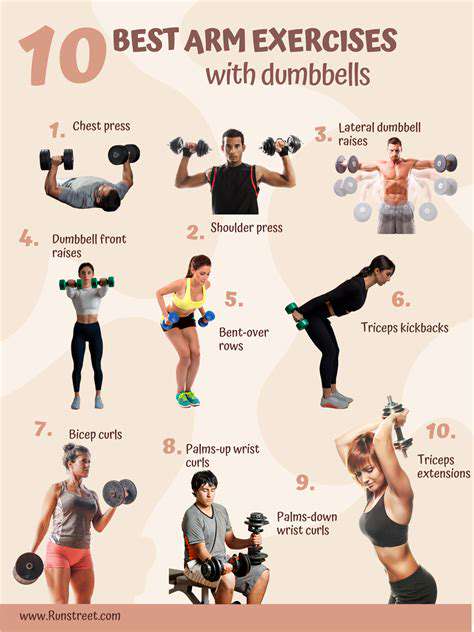
Bicep Curls
Bicep curls are a fundamental exercise for developing the biceps brachii muscle, which is responsible for flexing the elbow joint. Performing bicep curls with proper form is crucial to maximize muscle engagement and minimize the risk of injury. Using a controlled, slow movement pattern is key to achieving optimal results, focusing on the contraction of the biceps throughout the lift. This exercise can be performed using dumbbells, barbells, or resistance bands, offering various levels of intensity and challenge.
Variations of bicep curls, such as hammer curls and concentration curls, target the biceps from slightly different angles, allowing for a more comprehensive workout. Proper form, including maintaining a neutral spine and avoiding swinging or jerking motions, is essential for maximizing the effectiveness of the exercise and preventing potential injuries. Choosing the appropriate weight is critical; starting with a weight that allows for controlled repetitions is recommended.
Overhead Triceps Extensions
Overhead triceps extensions are a highly effective exercise for isolating and strengthening the triceps brachii muscle, a crucial muscle group for extending the elbow joint. This exercise emphasizes the contraction of the triceps, particularly targeting the long head, medial head, and lateral head of the muscle. Focusing on a controlled movement and maintaining proper form is essential to achieve the desired results and prevent injury.
Using a controlled tempo throughout the movement is vital for maximizing muscle activation and preventing momentum from taking over. It's important to remember that the focus should be on the triceps, and not on using momentum or swinging the weight. Proper form is essential to prevent injury and maximize the effectiveness of the exercise. This exercise can be performed using dumbbells, resistance bands, or cable machines.
Lateral Raises
Lateral raises are a crucial exercise for developing the deltoids, specifically the lateral head, which is responsible for the side portion of the shoulder. This exercise helps to build shoulder width and strength. Performing lateral raises with proper form is essential for effectively targeting the lateral deltoids and minimizing the risk of injury. Maintaining a controlled movement throughout the entire range of motion is key to maximizing muscle activation.
Using appropriate weights and controlling the motion of the weights is key to avoid injury and build muscle. By focusing on the contraction of the shoulder muscles, you can promote muscle growth and strength development. Elevating the weights in a controlled manner isolates the shoulder muscles, preventing the use of momentum and maximizing the effectiveness of the exercise. This exercise is often incorporated into broader shoulder workouts to promote overall shoulder strength and aesthetic development.
Importance of Proper Form and Technique
Importance of Consistent Form
Maintaining proper form throughout arm exercises is crucial for maximizing muscle activation and minimizing the risk of injury. Consistent form ensures that the targeted muscles are engaged effectively, promoting growth and strength development. Improper form can lead to strain on surrounding joints, ligaments, and tendons, potentially causing pain and hindering progress. Furthermore, improper form can shift the workload to different muscles, preventing the intended muscle group from receiving the necessary stimulus. This highlights the vital role of consistent form in achieving optimal results.
Understanding the correct movement pattern for each exercise is paramount. This involves paying attention to the range of motion, the angle of the joints, and the stability of the body throughout the entire repetition. Learning proper form often requires guidance from a qualified professional, such as a personal trainer or physical therapist. They can provide personalized instruction and ensure that the technique is tailored to individual needs and limitations.
Progressive Overload for Growth
Progressive overload is a fundamental principle in strength training, and it's essential for stimulating muscle growth and strength gains. This involves gradually increasing the demands placed on the muscles over time. This could include increasing the weight lifted, the number of repetitions performed, or the sets completed. Progressive overload creates a stimulus that forces the muscles to adapt and become stronger.
By consistently challenging the muscles beyond their current capacity, you create an environment that promotes hypertrophy (muscle growth). This gradual increase in stress helps the muscles to repair and rebuild stronger and more resilient. Without progressive overload, muscle growth and strength development will stagnate.
Targeted Muscle Isolation
Focusing on isolating the specific arm muscles you want to target is a key strategy for maximizing results. Different exercises emphasize different muscles within the arm complex. For example, bicep curls primarily target the biceps brachii, while triceps extensions primarily target the triceps brachii. Knowing which muscles are being worked and how to engage them effectively is crucial for achieving targeted growth.
Rest and Recovery for Muscle Repair
Adequate rest and recovery are just as important as the workouts themselves. Muscles need time to repair and rebuild after exercise. Without sufficient rest, the body cannot adequately recover, leading to potential injury and hindering progress. Rest and recovery also allow for the release of growth hormones, which play a vital role in muscle growth and repair.
Nutrition and Hydration for Support
Proper nutrition and hydration play a vital supporting role in achieving arm muscle performance goals. A balanced diet that provides the necessary protein, carbohydrates, and essential nutrients is crucial for muscle repair and growth. Ensuring sufficient hydration is also essential for optimal muscle function and overall health.
Importance of Warm-up and Cool-down
A thorough warm-up before each workout prepares the muscles and joints for the physical demands of the exercises. A warm-up increases blood flow to the muscles, improves flexibility, and reduces the risk of injury. A cool-down following the workout is equally important, allowing the body to gradually return to its resting state. This helps to reduce muscle soreness and promote recovery.
Monitoring Progress and Adapting Training
Regularly monitoring progress is essential to track improvements in arm muscle performance. This could involve tracking weight lifted, repetitions performed, and the overall feeling of the exercises. Adapting training based on progress and any perceived limitations is crucial. If the body is not responding as expected, adjustments to the training program may be necessary. This could involve changing the exercises, the weight, or the number of sets and reps. Monitoring progress allows for a more efficient and effective training approach.
